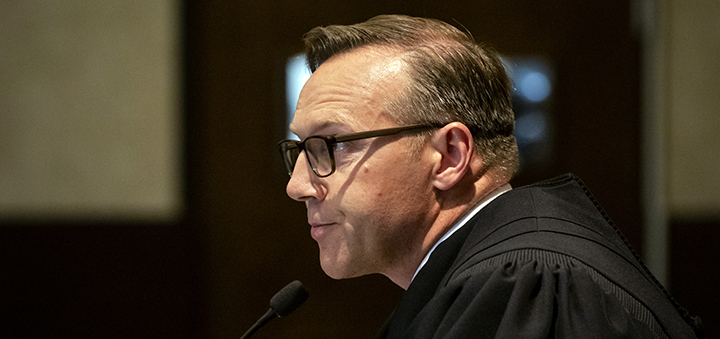What lies ahead following Oklahoma opioid judgment
Associated Press Photo
Oklahoma's $572 million judgment against Johnson & Johnson will likely be followed by more trials and legal settlements seeking to hold a drug company accountable for a U.S. opioid crisis that has ripped apart lives and communities.
Monday's ruling could help shape negotiations over roughly 1,500 similar lawsuits filed by state, local and tribal governments consolidated before a federal judge in Ohio. And as the legal cases against the opioid industry accelerate, so do concerns about how the money from verdicts or settlements will be spent.
Following are questions and answers about the opioid crisis and what lies ahead.
Q: Why are so many governments suing over opioids?
A: Forty-eight states plus around 2,000 local and tribal governments have sued companies in the drug industry, arguing those that make, distribute and sell the drugs are partly responsible for a crisis that has killed more than 400,000 people across the country since 2000, according to the U.S. Centers for Disease Control and Prevention. That's including more than 47,000 in both 2017 and last year.
The plaintiffs argue that drugs were improperly marketed and that companies failed to stop suspicious orders from shipping.
Q: What's the financial toll of the crisis?
A: The White House Council of Economic Advisers published a report in 2017 pegging the cost of the crisis at just over $500 billion in 2015. That includes lost productivity as well as costs borne by taxpayers, such as ambulance runs, jail treatment costs, and the costs of caring for children whose parents have died from opioid overdoses.







Comments